Description
DSP Noise Reduction Full Mode 50k-2GHZ Version 1.10 Malahit DSP Receiver SDR Software Radio
DSP Noise Reduction Full Mode 50k-2GHZ Version 1.10 Malahit DSP Receiver SDR Software Radio
This is version 1.10a.
Weight 510g packaging size 24 * 14.5 * 3.6cm built-in battery 2000mAh
Product parameters:
1: The radio is built on the principle of DSR – the function is determined by the loaded software
2:50 kHz to 250 MH and 400 MHz to 2 GHz (registration upgrade)
3: All types of analog modulation: AM /SSB/NFM/WFM
4: Powerful: variable filter width adaptive noise suppressor threshold noise suppressor Noise Blanker (AGC_ equalizer?E?E/span>
5: Multifunctional chip msi001
6: Apply the powerful stm32h743 with clock frequency 480Mhz
7:3.5-inch IPS touch-enabled large display
8: Built-in UHF storage
9: Controls – 2 encoders with buttons and touchscreen
10: Power supply is powered/charged by external TYPE-C interface built-in 2500MA lithium battery
11: Connect to computer via USB can transfer CAT IQ and audio
12:160Khz span scalable
13: Sensitivity up to 200Mhz 0.3uv = 10dB at S/W
14: Due to the characteristics of the msi001 chip the dynamic resistance range is approximately 85dB.
15: With backlight control
16: SMA antenna female socket
17?E?Register the upgraded version to widen the frequency and add functions such as CW decoding
Simple operation instructions:
1. HARD (setting): EN1 EN2: two encoders plus minus direction inverted. V bat/power display: S standard L low voltage. SW ante/shortwave antenna selection: 50ohm 50 ohm/Hi-z high resistance. ATT attenuator: same as the transceiver. LNA/MIX MIX GR: Now the machine (including the original) does not have the function do not turn it on otherwise the gain and sensitivity will be greatly reduced! RF GAIN/RF gain: same as the transceiver when set at about 20 the sensitivity is optimal. PREAMP/Pre-Amplifier: Same as Transceiver. F correct/Frequency correct: Use on demand. Sm correct/S-table correct: Use on demand.
Time setting: Long press HARD to enter the time setting then press the volume encoder to increase or decrease the number and press inward to switch. After finishing long press the encoder to release when making a “beep” sound.
2.AUDIO (Audio): NB/EDM Noise Thes/Start value and Config/Set value; these two I have been set to 2 you can try it yourself. NB/Switch: Dis On/Ena Off. AGC/Automatic Gain Control. AGC LIN/AGC Peak: Experimental Adjustment. MANUAL/Manual Control: Experimental Adjustment. AGC MODE/AGC Mode: Relevant Fast General Slow Very Slow. EQ (Equalizer) EQ TYPE/Equalizer Switch and Select: Click first then open and select with volume encoder; includes light music live club rock bass jazz pop language. WFM Stereo/FM Stereo: Headphones only. NR/DSP Noise Reduction Thes/Settings: Set by listening sense. SQL Thes/Settings. SQL Switch.
3.VISUAL (Screen Effects) BRIGHT MIN/Min Brightness: 20. BRIGHT MAX/Max Brightness: 100. REDUCT TIME/Shortening Time: 0 sec/0 sec. SLEEP TIME/Sleep Time: 300 sec/sec. LCD SLEEP/Backlit Sleep Switch: D/On E/Off. FFT ave/Spectral Average Speed: 50. FFT scale/Spectral Display Range: 50. FFT color/Spectral Color: Four. Pan percent/Spectral Pan%: 70. WTF delay/spectrum reflection delay: 0.WTF Gain/spectrum reflection gain: 0dB. FFT fill/spectrum fill: D/on E/off.
4.MODE (mode) is the same as the transceiver and its Decoder is a CW decoding switch. After turning it on under the frequency there is a small white bar. After turning it on “Min SNR/minimum level” appears: adjust as needed to make decoding more accurate.
5.BAND (band) band key you can switch bands and it is also a memory selection. The memory is divided into 5 pages 10 per page; you can store a certain memory at will. For call. When storing first adjust the frequency mode step AGC RF Gain FLT parameters PRE and other data then select the storage page and location press and hold the memory box with your finger hear the “beep” sound and then release it.
6.Select Frequency Stepping: Press the frequency knob switch to step mode and then use the frequency knob to adjust as needed. The minimum step is 10Hz and the maximum is 30KHz.












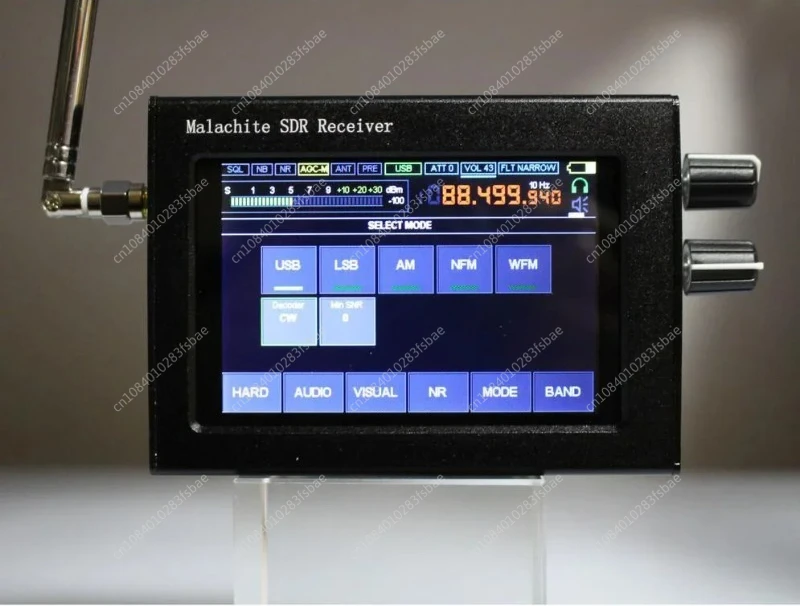
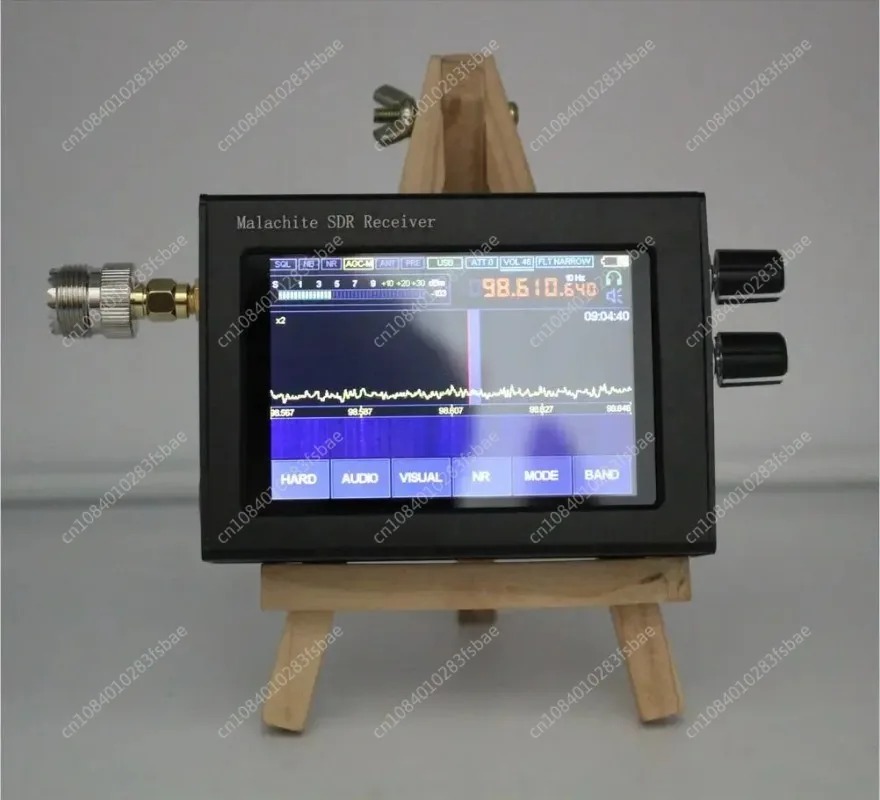
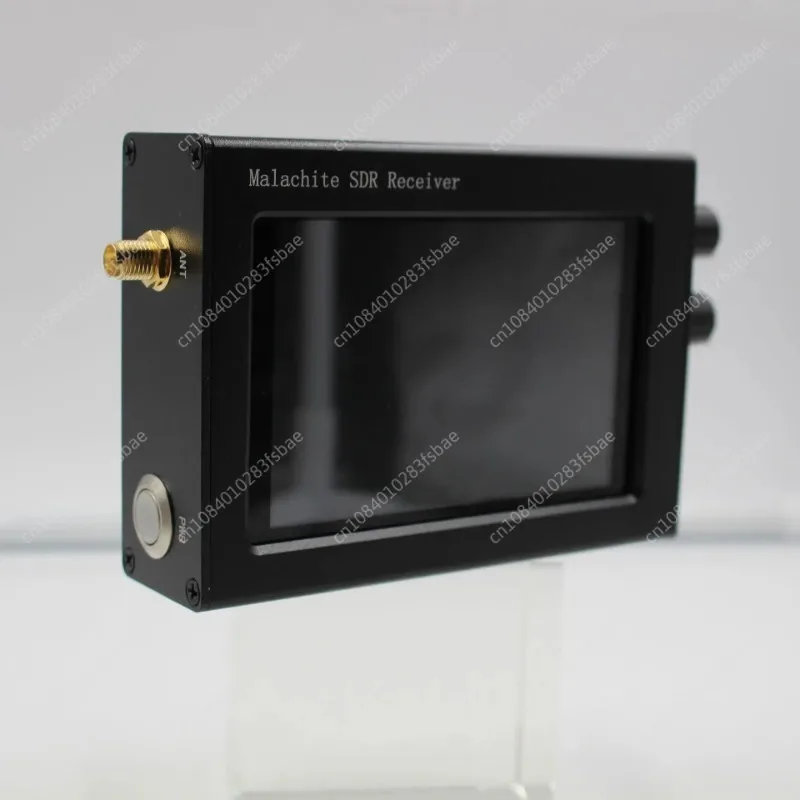
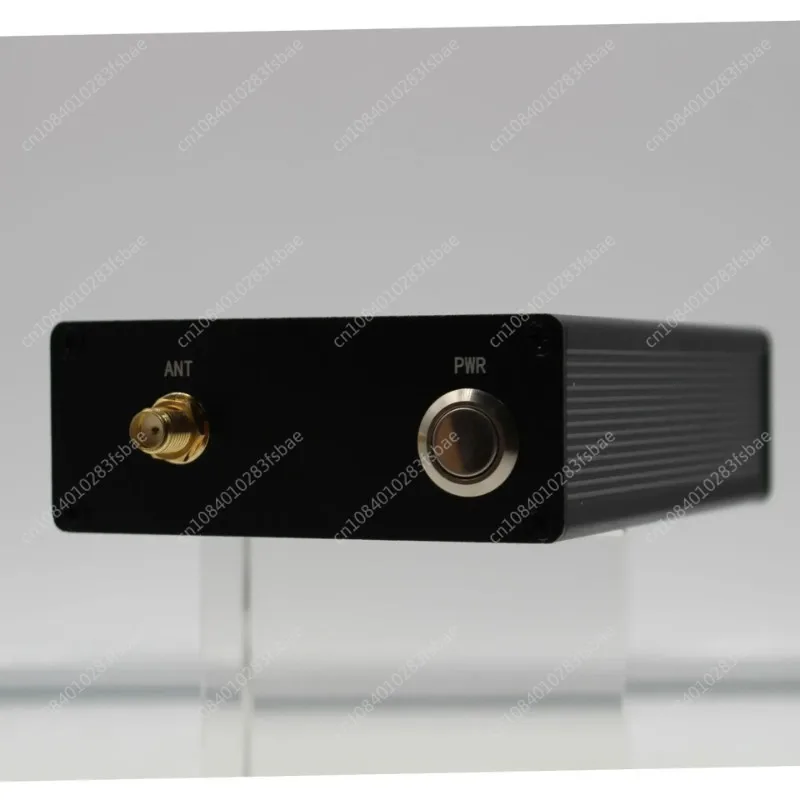















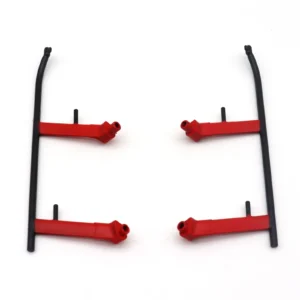
Reviews
There are no reviews yet.